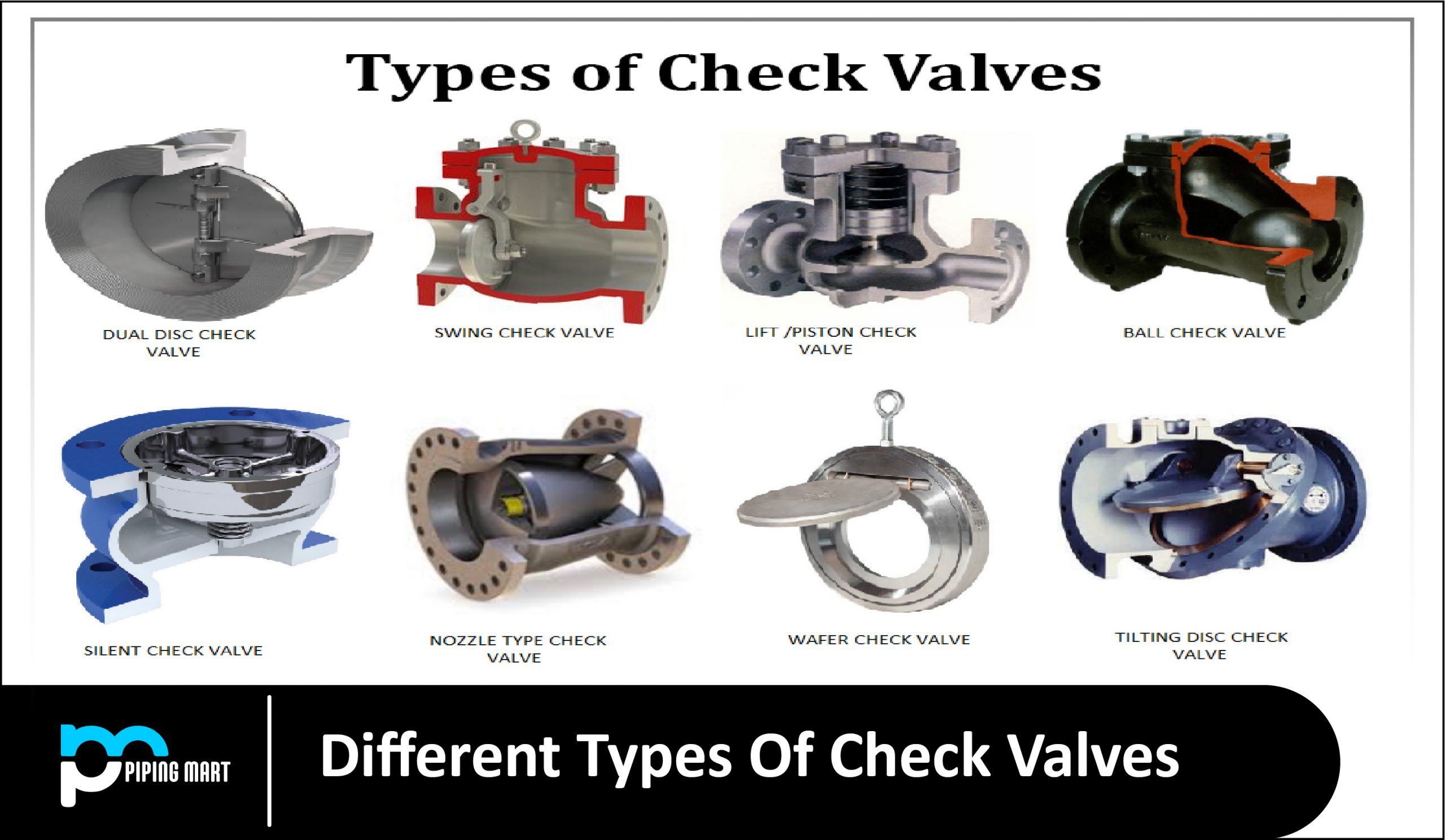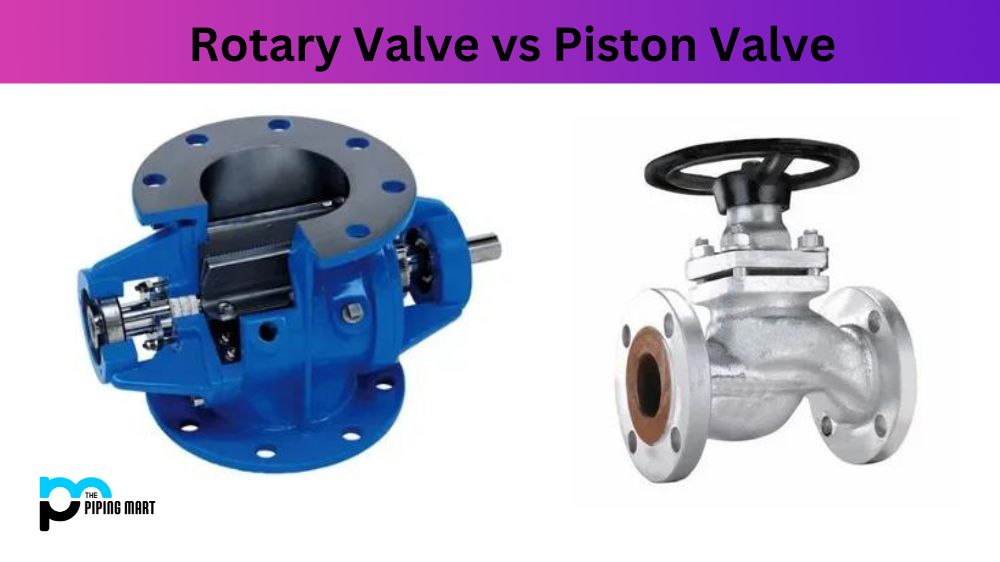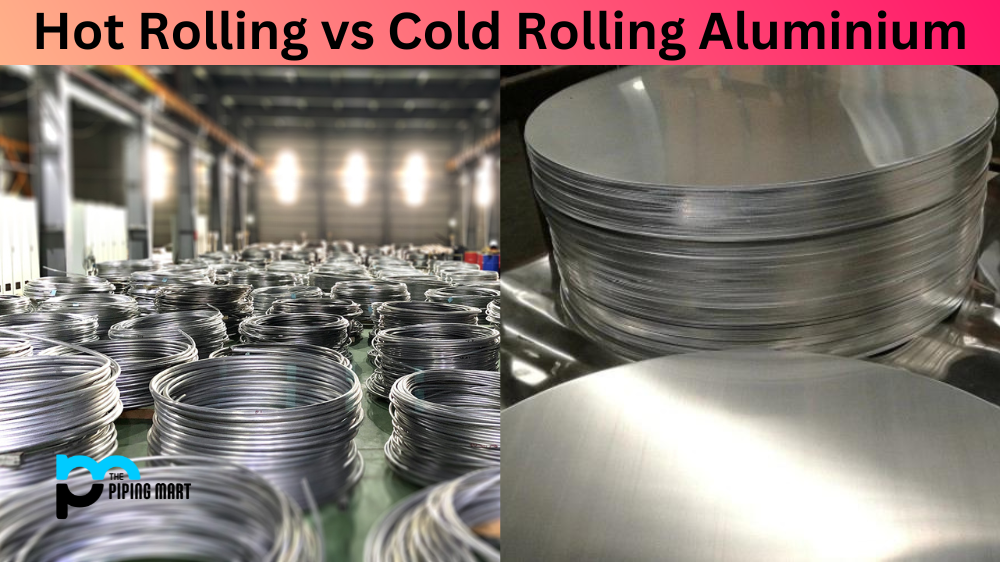Are you looking for a way to control the flow of liquids and gases in your piping systems? Check valves are one option you may want to consider, as they are capable of stopping reverse flow automatically in both residential and commercial applications. By using clever designs, check valves can allow fluids to move easily in one direction while preventing them from travelling backwards. In this blog post, we’ll explain the different types of check valves available and explore how each is used effectively. Read on to learn more about choosing the right valve for your application!
Check valves are the most important valves in any system, whether for industrial equipment or a household item. They’ve required for proper operation as well as the protection of backflow and damage. Check valves, on the other hand, are designed to be used in certain situations.
Types of Check Valve:
Swing Check Valve
Swing Check Valve work by allowing or stopping the flow of the piping system through a disc inside the valve. The pressure drives the disc to open and stay open as the fluid flows through in the proper direction. The valve disc shuts as the pressure drops, preventing the fluid flow from reversing. Swing Check Valves are available in a variety of materials, such as PVC, CPVC, Clear, and Industrial.
Lift Check Valve
Globe valves and Lift Check Valve are the most similar. Swing check valves employ a disc, but these use a piston or a ball in place of it. Lift check valves work better than swing check valves at preventing leaks.
Stop Check Valve
Stop Check Valve allow taking control of the flow of the pipe system by starting and stopping it. They are unique in that they also allow you to control the flow. Halt check valves are check valves with an override control that allows them to stop flow regardless of direction or pressure. Stop check valves close automatically when the pressure drops too low, preventing backflow.
Ball Check Valve
The Ball Check Valve is a gravity-based ball that substitutes the disc device that is commonly employed to block flow. The ball will lift up out of the pipe exit under the pressure of the flow. When the low pressure is decreased enough, the ball returns to its original position as of stopping the flow. A sort of lift valve is the ball check valve.
Butterfly Check Valve
The Butterfly Check Valve is distinct in that the disc folds in the middle to enable liquid to flow. When the flow is backward, the two sections of the valve opened up again also sealing the valve shut. This type of check valve, also known as a dual plate check valve or a folding disc check valve, is suitable for both low-pressure liquid and gas pipe systems.
Foot Check Valve
The Foot Check Valve is essentially a spring-assisted in-line ball check valve. This allows the valve to only allow or enable flow in one direction while blocking the passage in the opposite way. The intake strainer prevents debris and sand particles from entering the check valve, which might cause harm to the check valve and the fluid flow system. It is usually put at the end of a fluid flow system’s pump suction line.
Duckbill Check Valve
The Duckbill Check Valve employs a soft tube that changes form in response to flow direction, ensuring unidirectional fluid flow within the valve. When fluid flows forward, the soft tube’s end changes form to a diverging kind, making it easier for the fluid to pass through. The end of the soft tube becomes converging when the fluid reverses its path, preventing the fluid from entering.
Uses of Check Valve
- To safeguard the system from being harmed by a backflow of fluid.
- To guarantee that contamination does not occur as a result of fluid backflow.
- To prevent a pipeline from being syphoned.
- To keep the vacuum seal intact.

Pipingmart is B2B portal specializes in industrial, metal and piping products. Also, share latest information and news related to products, materials and different types grades to help business dealing in this industry.




